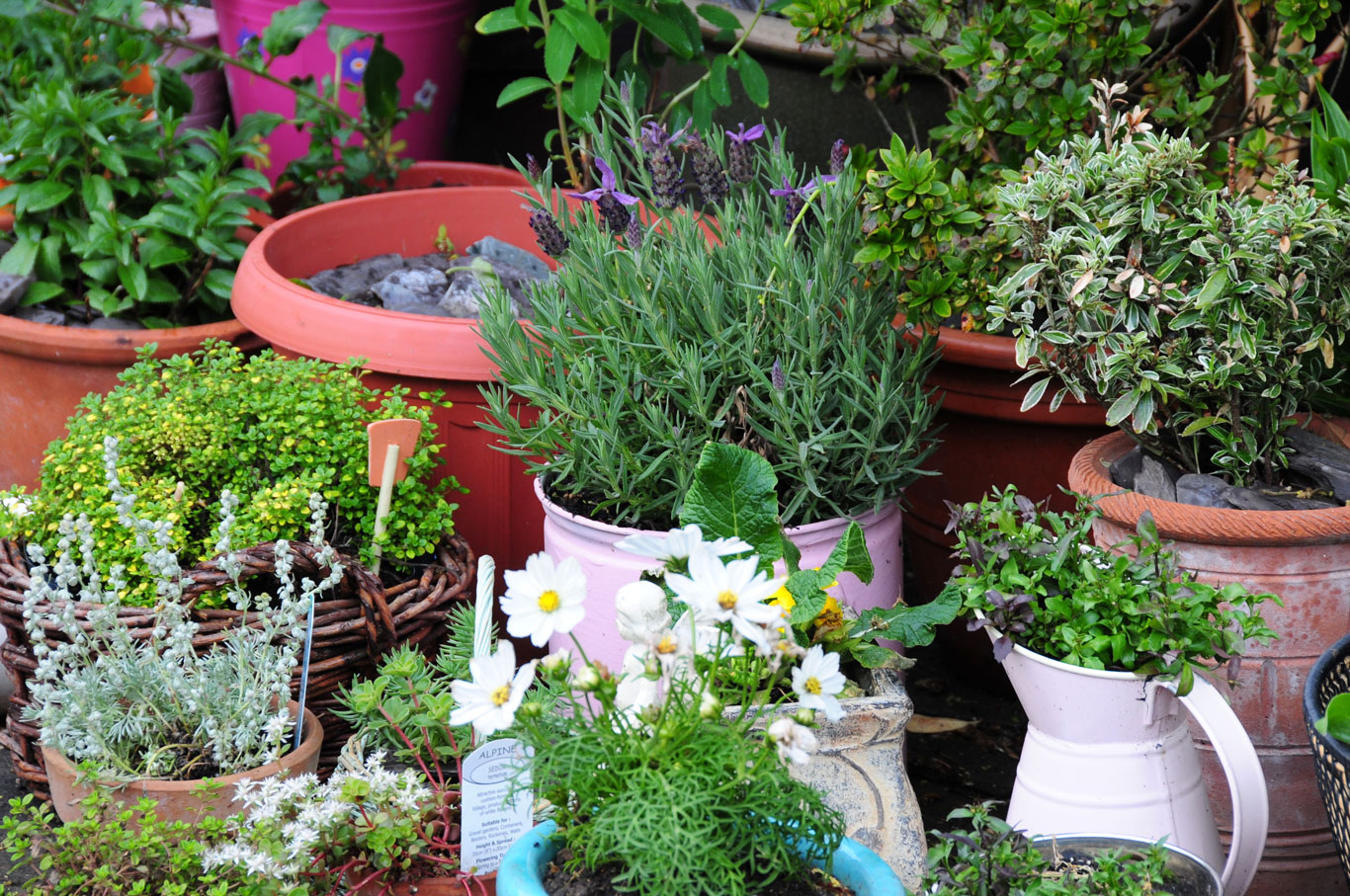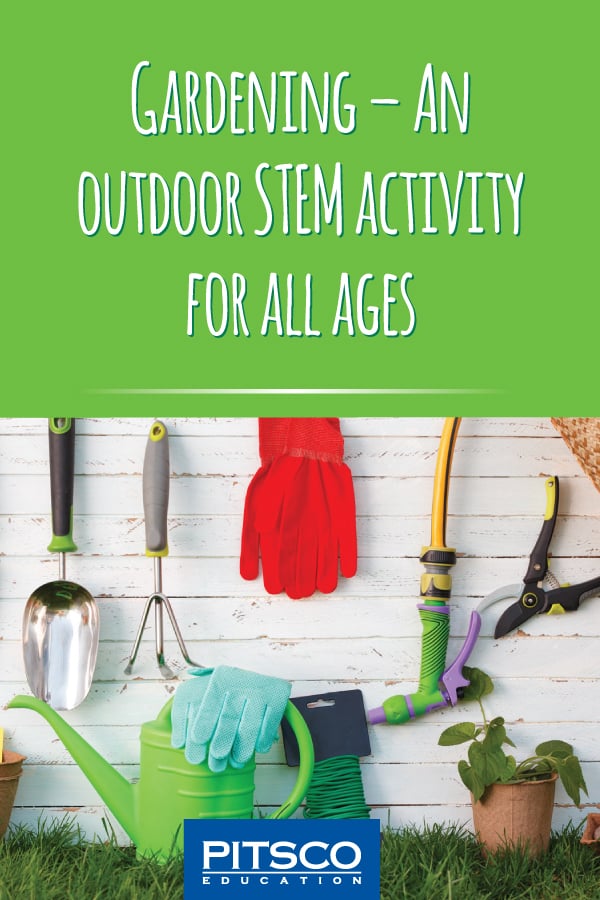Updated 6/11/24
April is National Gardening Month, likely because spring has sprung and we’re itching to get outside. There’s no denying it’s an awesome time to start your gardening season. Personally, I love celebrating this season. My husband and I garden (a LOT) for our farmers’ market stands and ourselves. I love that gardening is something everyone can do – at any age and any scale.
While there are many resources and activities for growing plants at home or in the classroom, I want to focus mostly on outdoor gardening. So let’s dig in. And don’t miss the links at the end to get your kids or students involved.
Planning for Planting
First things first – make a plan.
Choose a Location and What to Plant
Your location can dictate what types of plant will thrive depending on the soil and sun exposure. Include your kids when choosing the spot and talk through why one place would be better than another. For instance, veggie gardens need 12-16 hours of sunlight each day, but you can buy flower seeds that will flourish in the shade.

If you don’t have the space or time to upkeep a traditional plot-style garden, explore having a container garden or raised beds.
Understand Your Climate
It’s important to know your growing zone that’s shown on a map on the back of most seed packets, or you can find your zone online. Some plants grow better than others in certain regions, and planting calendars varies. For instance, since we’re in Kansas, we’ve already planted beets, cabbage, carrots, potatoes, and radishes outside. We have some tomatoes, spinach, and lettuce in our greenhouse that we’ll plant in the ground after we’re confident it won’t get too cold for them anymore.
Keep the Garden Size Manageable
If you haven’t had a garden before, start small. You don’t want to get discouraged before you get the hang of it, and you can always expand each year.
Consider Your Watering Needs
We haven’t had a summer we haven’t had to water to some extent. Don’t overlook your water source and what it will take to get it to your garden. Lugging water during a dry spell, if there isn’t a hose close enough, can either be great exercise or a time drain. You also want a location where there’s good drainage so your plants don’t sit in water and drown or rot. Some people like raised beds for this very reason, which can be a great bonus hands-on activity.
Define Your Soil Type
Not all plants will grow well in all soil types. Learn what type of soil you’re working with. Homes & Gardens gives step-by-step instruction about how to identify your soil. Depending on the size of your garden, you might want to test more than one area, especially if it's obvious the soil differs from place to place. Don’t despair if your results aren’t what you hoped. You can always amend your soil with compost, fertilizer, or other materials for your planting needs.
Gathering Supplies
After you get your location and type of plants figured out, it’s time to purchase your seeds or live plants and supplies. To start, it’s amazing how many stores carry flowers and veggies! You can order seeds, live plants, and other supplies for pick-up or delivery through some home improvement stores, farm and ranch stores, other retail stores, grocery stores, seed companies, and greenhouses.
While some national chains can have less expensive prices, make sure to investigate if they guarantee their plants or seeds in case yours don’t survive. And consider supporting your local greenhouse, which might have plants or seeds better suited to your specific location and experts who can give you personalized advice.

Other basic supplies you might need depending on your level of gardening:
- Gloves – Not a necessity, but they’re helpful if you’re working with moist soil and easier on your fingernails. A snug fit is best, and a rubber or foam coating will keep them from getting soggy.
- Containers – These could be anything from a cup to a tub or barrel, and they could grow in size as your plants grow. There are seed starter kits available, but disposable cups can work just as well.
- Potting soil – Interestingly enough, the “soil” you buy to grow seeds isn’t really soil. It’s a combination of perlite, peat moss, and other materials. And not all potting soil is created equal – some are for moisture retention, nutrients, drainage, and more.
- Trowel – This handheld shovel is great for outdoor work. Besides loosening up the dirt, it helps dig the holes for the plant roots to fit in.
- Hoe – This long-handled implement will save you from bending over for some of the weeding and keep your soil loosened, making weeds easier to pull. There are a lot of shapes and sizes, so consider how close your veggies and flowers are planted together and how much area you’re covering. Your height is important in choosing the right one for you too. After you fall in love with gardening, you might want multiple hoes for different uses.
- Watering can – It really doesn’t have to be anything fancy; reuse your plastic coffee container by boring a hole close to the rim. If your container is tin, crimp the rim to make a spout – you could even add a couple small holes and thread twine to make a handle. If you opt for plastic, keep it out of the sun when you’re not using your watering can, so it doesn't become brittle before its time.
Getting Your Hands Dirty
It’s time to dig in! You might want some inspiration to tie your gardening activities to STEM or just want some guidelines to help you through the basics of gardening, so here are a few ideas:
- How to Start a Vegetable Garden for Beginners
- 5 Tips for Starting Seeds Successfully Indoors
- Garden Fun: Teaching Kids to Grow Their Own Food
- iSprowt Herb Garden
- Hydroponics for Kids: Build a 2 Liter Bottle Garden
- 10+ Fun & Educational Seed Activities
- Re-purpose Dryer Lint for Gardening: Green STEM Activity for Kids
- Hydroponic Garden Kit
- Plant and Botany Activities for Kids
- 9 Plant Activities & Garden STEM Projects
- Arduino Greenhouse Kit
And we have some other fun outdoor ideas you might want to check out:
- Bird Feeder STEM Boost Kit
- Fairway to learning: Bringing the golf game home
- Bee aware: Honey bee lessons for the classroom
- STEM weather lessons for home or the classroom
- How do bicycles work? The science behind this ‘simple’ machine
No matter the size of your garden, what’s in it, or where it’s located, there is plenty to learn from nurturing a plant to grow. For more ideas, don’t forget to browse Pinterest! Or share your ideas in the comments.
MORE RESOURCES:
- Can you dig it? National Plant a Flower Day is March 12
- How White Mountains Regional high School Used IoT to Build an Automated Greenhouse


